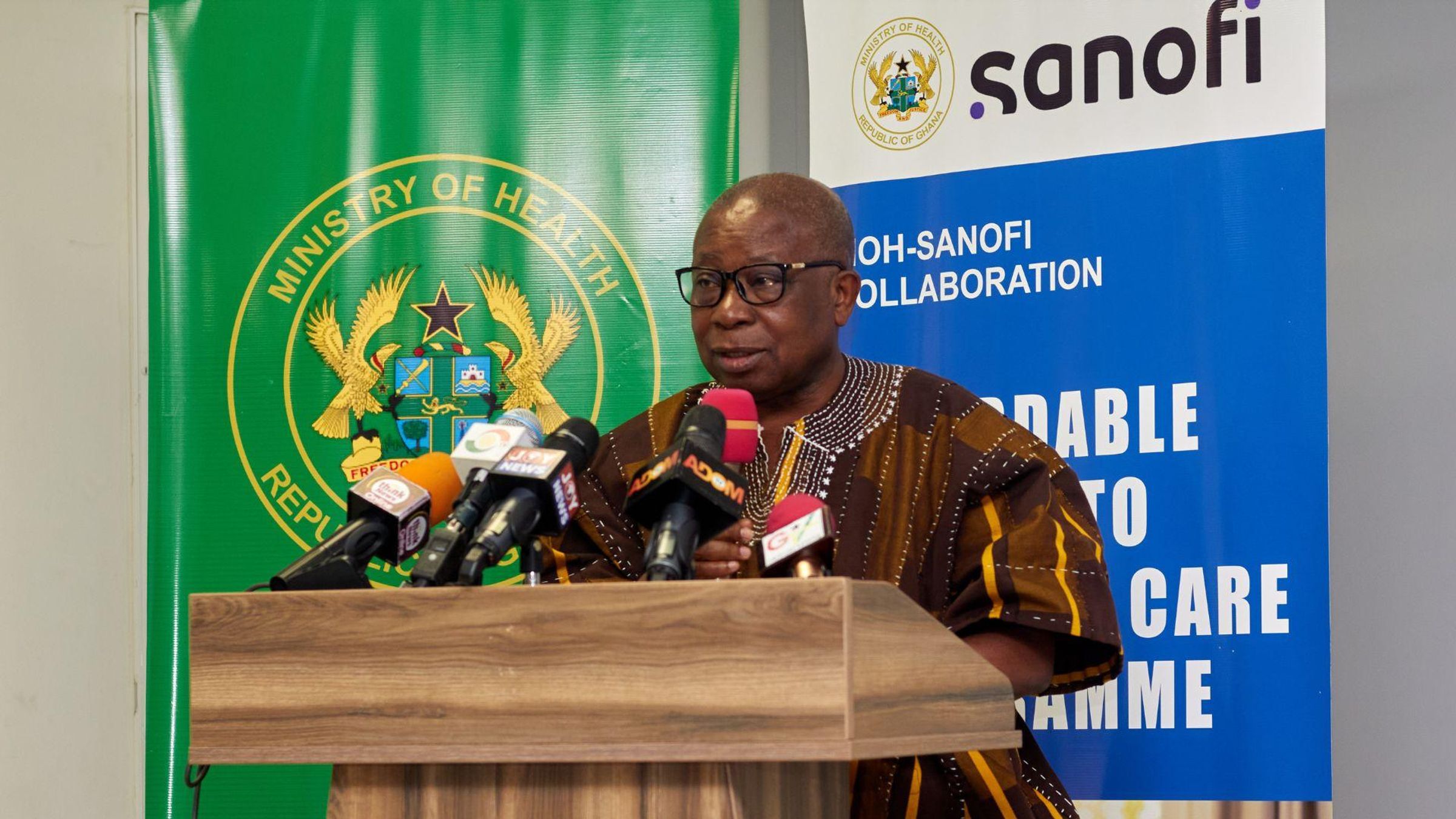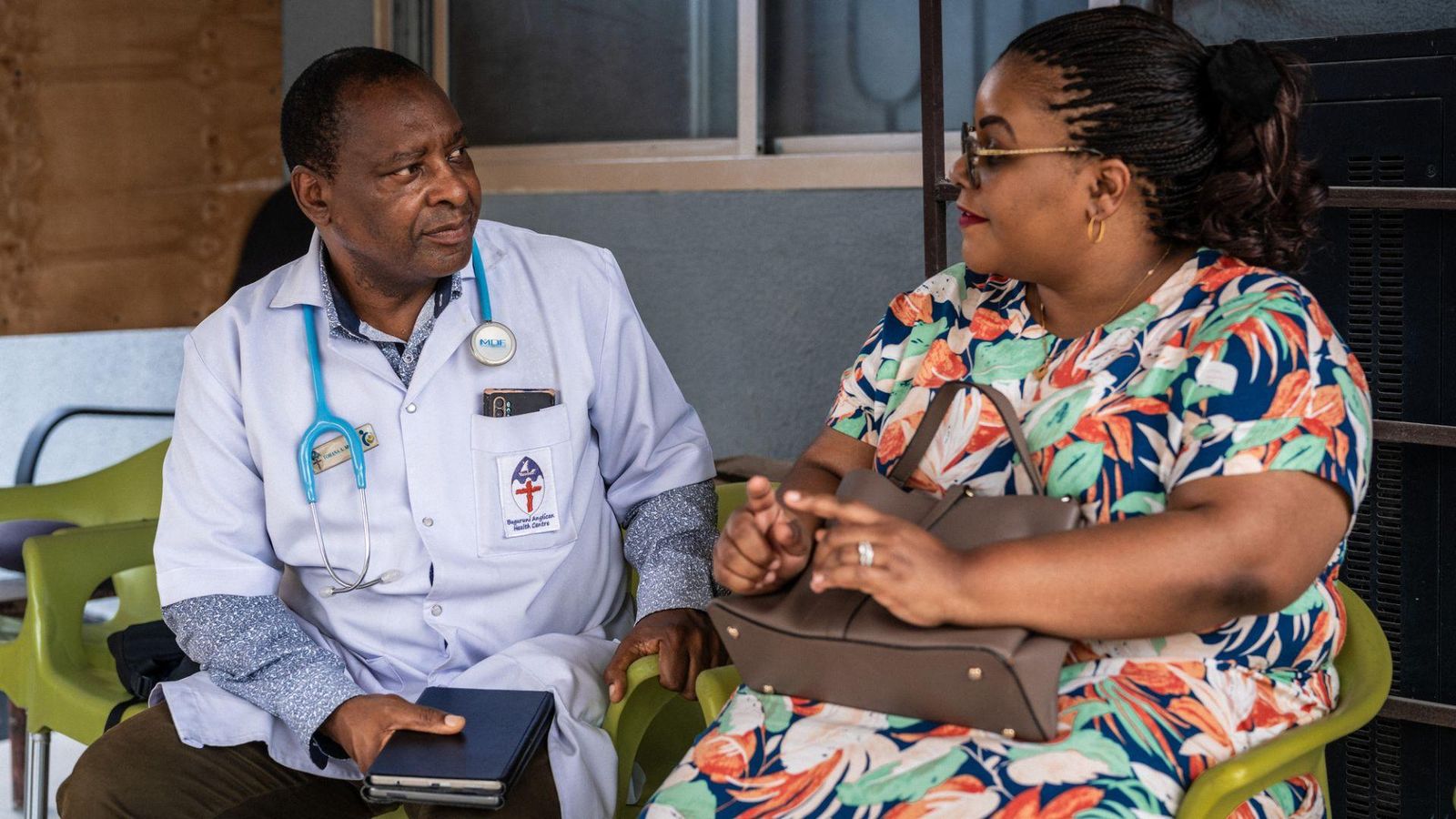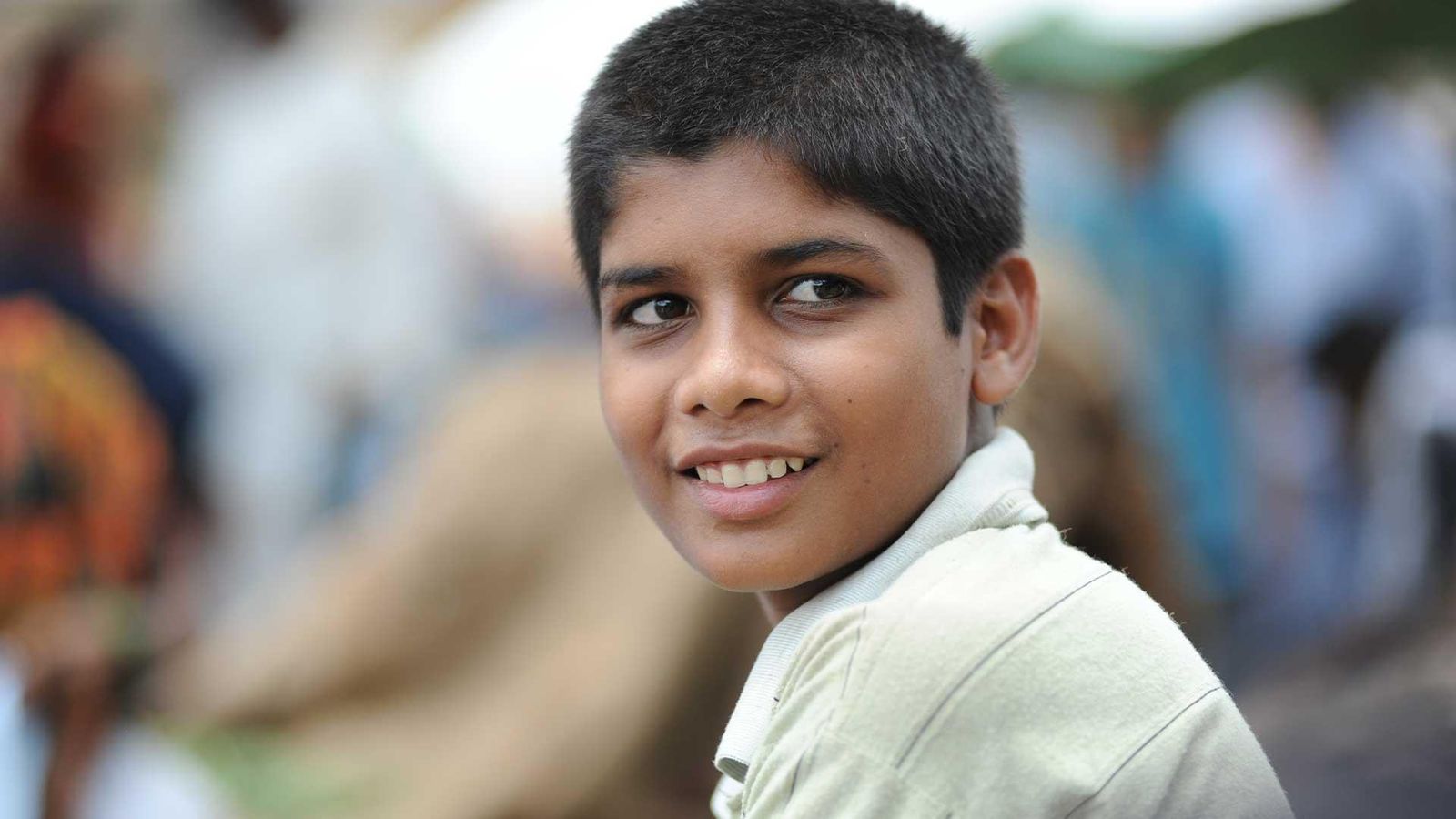
We apply evidence-based analyses and approaches to identify priority diseases areas and targeting regions and countries where actions is most urgently required. This effort is part of our business and fully embedded in our operations and decision-making processes, for sustainable impact.
Comprehensive Care Programs for Global Health Priority Diseases
Environmental hazards are significantly impacting human health by worsening certain diseases, straining health systems, and disproportionately affecting vulnerable and marginalized populations. This issue is particularly severe in low- and middle-income countries but affects individuals and communities worldwide.
Our Initiatives
We are focus on diseases considered global health problems, especially those worsened by environmental challenges, such as respiratory diseases and diabetes, with the design of comprehensive access to care programs that include:
Awareness and Education
Raising awareness and educating communities about health risks and disease prevention.
Healthcare Capability Building
Training healthcare practitioners and caregivers to enhance healthcare capabilities.
Policy Strengthening
Collaborating with health authorities to strengthen policies for better disease diagnosis and management.
Affordable Solutions
Providing affordable healthcare solutions where appropriate.
We concentrate our efforts on regions with the highest disease burden, unmet needs, and strong political commitment to tackle these diseases. Sustainable and equitable access to care is a shared responsibility involving diverse stakeholders, including health authorities, policymakers, payers, care providers, and global organizations. By finding solutions along the patient care pathway and adapting different access models, we ensure we meet the specific needs of healthcare systems and local populations.
AccesS Diabetes
As part of Sanofi long-standing commitment to ensure sustainable and equitable access to Diabetes care for underserved population in all geographies, we are working with the governments in several low- and middle-income countries, such as Ghana, Nigeria, and South Africa. The “AccesS Diabetes” initiative co created with global/local actors spans across crucial aspects of the patient journey, including awareness and screening capacity; patient support initiatives, healthcare practitioner training, and provision of analogue insulins at an adapted price.
Kids and Diabetes in Schools (KiDS)
Since 2013, we have partnered with the International Diabetes Federation (IDF) and the International Society for Pediatric and Adolescent Diabetes (ISPAD) to bring diabetes education to schools. The aim of this program is to fight diabetes-related stigma and promote healthy lifestyles to tackle the preventable risk factors for type 2 diabetes.

Our Global Health Unit
Our pioneering, not-for-profit and sustainable business model provides access to a broad portfolio of Sanofi quality medicines across several therapeutic areas in 40 countries with the greatest unmet medical needs while funding local support programs and innovative entrepreneurial companies.

Accelerate Broader Access to Our Future Innovations
We commit to develop Global Access Plans at an early stage of clinical development to consider the feasibility of accelerating broader patient access to our new products, wherever we can make an impact for patients, and when external conditions allow.
Data-Driven Solutions for Global Health Challenges
A new whitepaper developed in collaboration with IQVIA demonstrates how we're addressing global health challenges through a collaborative and systematic data-driven approach. Using our innovative Global Health Needs Tool, we identify where action is most urgently needed to help prioritize and build comprehensive care programs that go beyond treatment delivery. From comprehensive disease care solutions, like for diabetes, to health system strengthening, we're helping to create sustainable change in countries with the potential for maximum impact. This work embodies our commitment to sustainable and equitable healthcare access through multi-stakeholder partnerships. Discover our approach and see how we're turning data into meaningful action.
Global Access & Pricing Principles
Sanofi's approach to pricing reflects our continued efforts to support patient access while minimizing our impact on healthcare cost inflation. Our Global Access & Pricing Principles provide a framework founded on two pillars:
- Clear rationale for pricing and access at the time of launch of a new medicine or vaccine
- Inclusion of affordability criteria into pricing considerations for new launches
Discover More
Childhood Cancer
We aim to develop highly effective and safe treatments to improve outcomes for children with cancer and to reduce clinical trial delays.
Polio: Contributing to Polio Eradication Efforts
Since 1988, Sanofi has been a key partner of the Global Polio Eradication Initiative and has supplied billions of doses of Polio Vaccine around the world.
Provide Access to Medicines in Case of Humanitarian Crisis
Foundation S, our philanthropic organization, provides humanitarian aid to vulnerable and displaced populations around the world during times of emergency and crises.